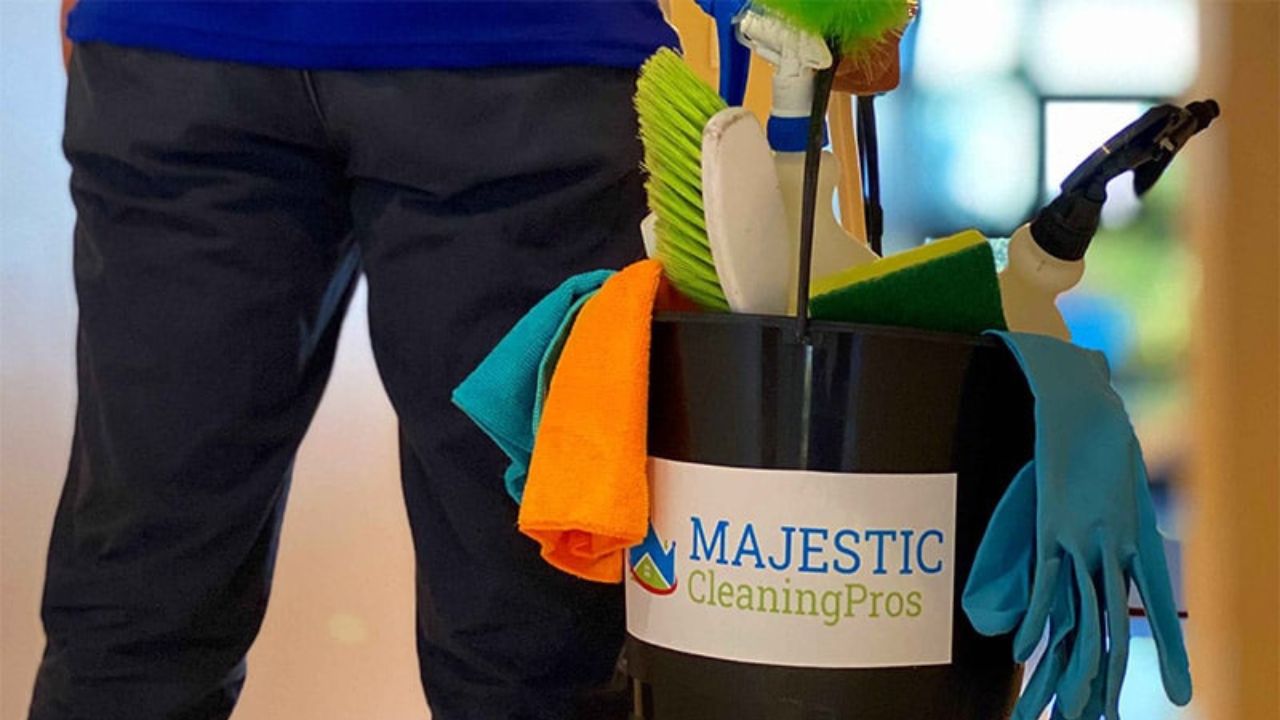When it comes to commercial properties, the importance of a high-quality roofing system cannot be overstated. A well-installed and maintained roof not only protects the building from the elements but also enhances its overall value and longevity. For commercial property owners and building managers, investing in top-notch roofing solutions is a critical aspect of property management. Enter First Class Roofing, a leader in installing commercial and industrial roofing systems. This guide aims to provide comprehensive insights into the various materials used in commercial roofing, share successful case studies, and offer tips on selecting the right roofing material for your specific needs.
First Class Roofing: A Trusted Name in Commercial and Industrial Roofing
First Class Roofing has built a reputation for excellence in the commercial roofing industry. Specializing in both commercial and industrial roofing systems, the company brings decades of experience, a team of highly skilled professionals, and a commitment to quality and customer satisfaction. Whether you manage an office building, warehouse, or retail space, First Class Roofing has the expertise and materials to ensure your roofing system meets the highest standards.
Exploring Commercial Roofing Materials
Commercial roofing is available in a wide range of materials, each with its unique benefits and ideal use cases. Understanding these options is crucial for making an informed decision that aligns with your property’s needs and budget. Here, we provide a detailed breakdown of the most commonly used commercial roofing materials offered by First Class Roofing.
1. Thermoplastic Polyolefin (TPO)
Benefits:
- Energy-efficient: TPO roofs are known for their reflective surface, which helps reduce energy costs by keeping the building cooler.
- Durability: Resistant to punctures, tears, and chemical exposure.
- Cost-effective: Offers a balance between cost and performance.
Ideal Use Cases:
- Flat or low-slope roofs
- Buildings in hot climates
2. Ethylene Propylene Diene Monomer (EPDM)
Benefits:
- Longevity: Known for its long lifespan and durability.
- Flexibility: Can withstand extreme weather conditions, including UV radiation and temperature fluctuations.
- Low maintenance: Requires minimal upkeep compared to other roofing materials.
Ideal Use Cases:
- Low-slope or flat roofs
- Buildings in areas with extreme weather conditions
3. Modified Bitumen
Benefits:
- Strength: Reinforced with fiberglass or polyester for added strength and durability.
- Easy installation: Can be installed using various methods, including torch-applied, cold-applied, and self-adhered.
- Waterproof: Excellent resistance to water and leaks.
Ideal Use Cases:
- Commercial buildings with high foot traffic on the roof
- Properties requiring a highly durable and waterproof solution
4. Built-Up Roofing (BUR)
Benefits:
- Multi-layer protection: Composed of multiple layers of bitumen and reinforcing fabrics.
- Proven track record: One of the oldest and most reliable commercial roofing systems.
- Fire-resistant: Offers excellent fire resistance.
Ideal Use Cases:
- Low-slope roofs
- Buildings requiring a highly durable and fire-resistant roofing solution
5. Metal Roofing
Benefits:
- Longevity: Can last 40-70 years with proper maintenance.
- Sustainability: Often made from recycled materials and is fully recyclable at the end of its lifespan.
- Energy-efficient: Reflects solar radiant heat, reducing cooling costs.
Ideal Use Cases:
- Industrial buildings
- Commercial properties seeking a long-lasting and sustainable roofing solution
6. Green Roofing
Benefits:
- Environmental benefits: Reduces heat island effect, improves air quality, and provides natural insulation.
- Aesthetic appeal: Creates a visually appealing and usable green space.
- Stormwater management: Absorbs rainwater, reducing runoff and strain on drainage systems.
Ideal Use Cases:
- Urban commercial buildings
- Properties seeking an eco-friendly and aesthetically pleasing roofing solution
Success Stories: First Class Roofing in Action
To illustrate the impact of First Class Roofing’s expertise, we’ve compiled a few case studies and testimonials from satisfied clients. These success stories showcase how high-quality roofing can enhance property value, boost tenant satisfaction, and provide long-term benefits.
Case Study 1: ABC Office Complex
Project Overview:
- Location: Downtown metropolitan area
- Building Type: Multi-story office complex
- Roofing Material: TPO
Challenges:
- High energy costs due to inadequate insulation
- Frequent leaks and water damage
Solution:
First Class Roofing installed a TPO roofing system, enhancing the building’s energy efficiency and eliminating leaks. The reflective surface of the TPO roof significantly reduced cooling costs, and the building owners reported a 25% decrease in energy bills within the first year.
Testimonial:
“First Class Roofing transformed our office complex. The new TPO roof not only solved our leak issues but also made our building more energy-efficient. We are extremely satisfied with their professional service and expertise.” — John Doe, Property Manager
Case Study 2: XYZ Industrial Warehouse
Project Overview:
- Location: Industrial park
- Building Type: Large warehouse
- Roofing Material: Modified Bitumen
Challenges:
- Heavy foot traffic on the roof due to maintenance activities
- Need for a durable, waterproof solution
Solution:
First Class Roofing recommended and installed a modified bitumen roofing system, providing the durability and waterproofing needed for the warehouse. The reinforced material withstood the heavy foot traffic and harsh weather conditions, ensuring a long-lasting solution.
Testimonial:
“We needed a robust roofing solution for our warehouse, and First Class Roofing delivered. The modified bitumen roof is perfect for our needs, and their team was professional and efficient throughout the installation process.” — Jane Smith, Facility Manager
Tips for Selecting the Right Roofing Material
Choosing the right roofing material for your commercial property is a critical decision that can impact your building’s performance and longevity. Here are some tips to help commercial property owners and building managers make an informed choice:
1. Assess Your Building’s Needs
Consider factors such as the building’s location, climate, and specific requirements. For example, a building in a hot climate may benefit from a reflective roofing material like TPO, while a property in an area with extreme weather conditions might require the durability of EPDM.
2. Evaluate Your Budget
Different roofing materials come with varying costs. While it’s essential to stay within budget, remember that investing in a higher-quality, durable roofing system can save money in the long run through reduced maintenance and longer lifespan.
3. Consider Long-Term Performance
Look for materials that offer longevity and low maintenance requirements. Materials like metal roofing and EPDM are known for their long lifespans and minimal upkeep, making them cost-effective choices over time.
4. Think About Energy Efficiency
Energy-efficient roofing materials can significantly reduce cooling and heating costs. Reflective materials like TPO and cool roofing solutions can help maintain comfortable interior temperatures and lower energy bills.
5. Consult with Experts
Working with a reputable roofing company like First Class Roofing can provide valuable insights and recommendations tailored to your building’s unique needs. Their expertise can guide you in selecting the best roofing material for your property.
Conclusion: Partner with First Class Roofing for Excellence
Investing in a high-quality roofing system is a crucial decision for commercial property owners and building managers. First Class Roofing offers unparalleled expertise in commercial and industrial roofing, ensuring your property is protected, efficient, and valuable. From TPO and EPDM to green roofing solutions, their team is equipped to provide the best recommendations and installations tailored to your needs.










